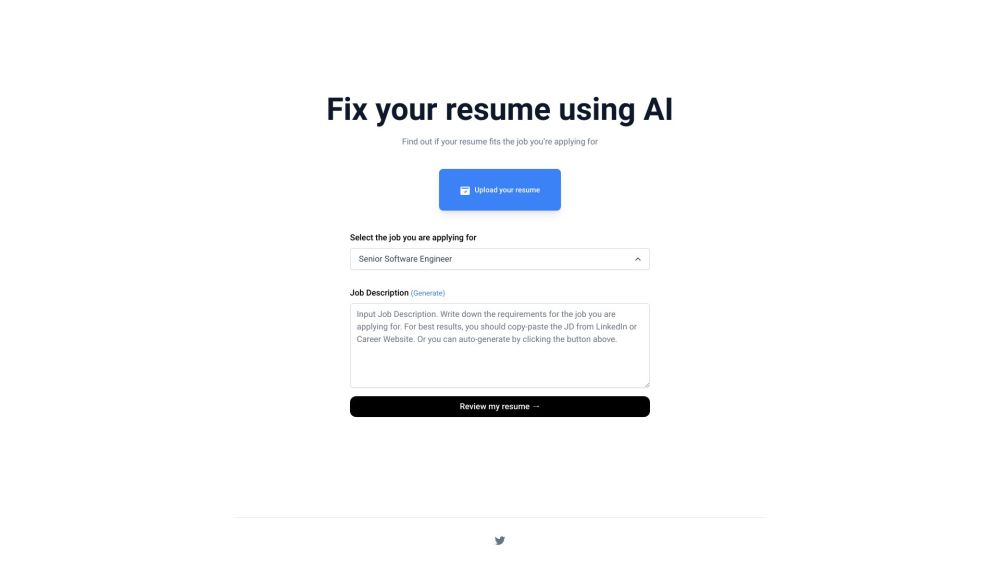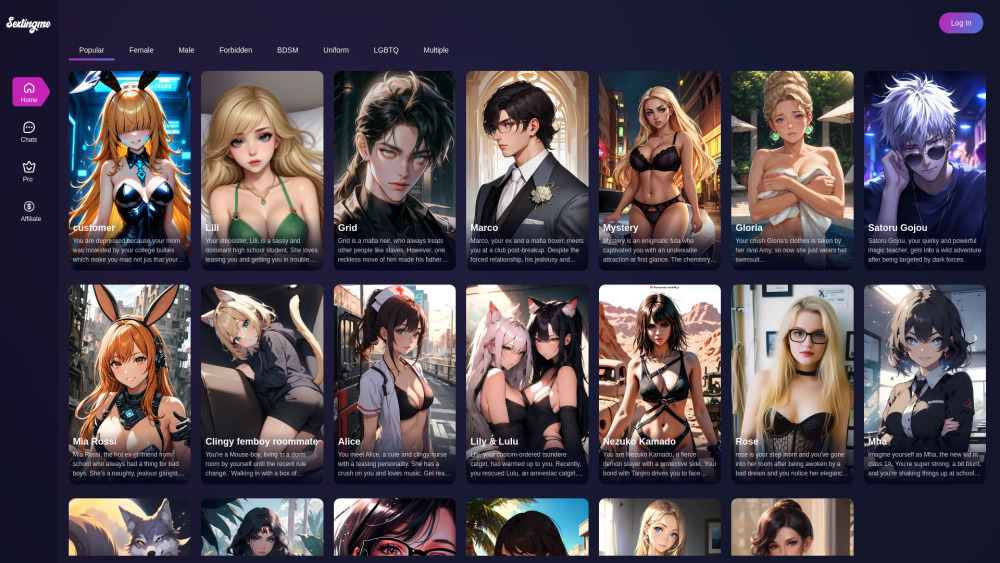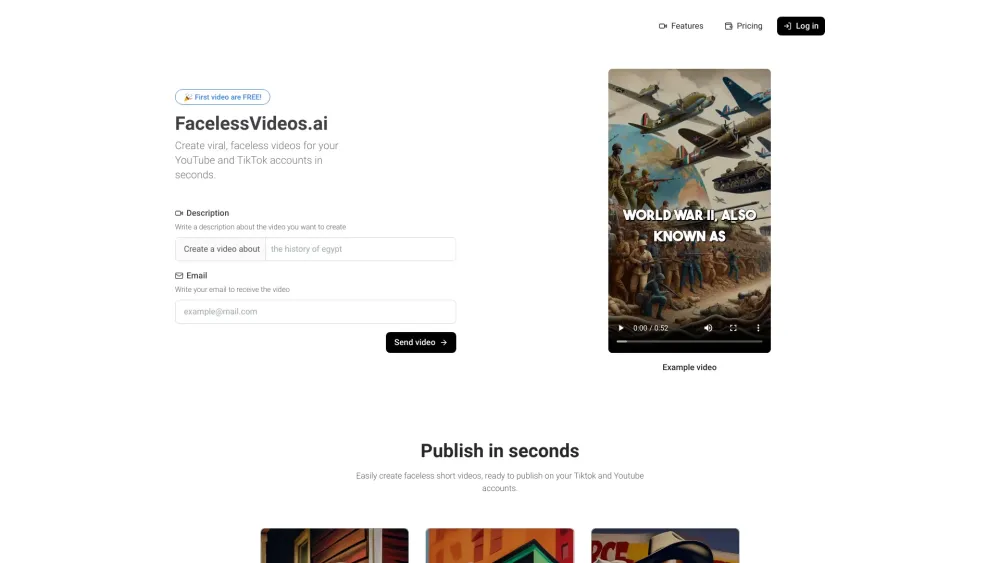Exploring PicsArt: A Leading Image and Video Editing Platform
Whether you're an Android or iOS user, you're likely familiar with PicsArt. Launched over a decade ago, this platform has grown into a premier service for image and video editing, attracting over 150 million active users each month.
Despite its early lead in smartphone editing, PicsArt has faced fierce competition from players like Canva and Adobe. In a recent conversation with Artavazd Mehrabyan, the company's CTO, at the WCIT conference in Armenia, he highlighted the challenge of maintaining uniqueness in a crowded market. "Many of PicsArt's original features have been adopted by competitors," Mehrabyan remarked. "We pioneered the all-in-one editing service on mobile, but others have since replicated our innovations."
With the rise of AI in the editing landscape, teams from various competitors are now offering similar capabilities. For instance, PicsArt provides an object generation feature that enables users to create specific photo elements through advanced AI. However, this feature has been mirrored across the industry, creating a competitive overlap.
Quality Over Quantity: PicsArt's Focus Shift
Rather than merely expanding its suite of over two dozen AI tools, PicsArt aims to enhance the quality of existing features. Mehrabyan emphasized that the company is focused on productizing and customizing features to effectively meet user needs—whether that involves removing an object from a holiday photo or crafting engaging advertisements.
Initially, PicsArt concentrated on seamless mobile editing technology before shifting toward AI in 2016, where it started developing small offline models. Over time, this sparked a transformation into an AI-first organization, leveraging its infrastructure to implement larger models and services, such as background removal and replacement. Recently, with the generative AI trend, the company has begun training its own creative AI models from scratch.
Building a High-Quality Data Ecosystem
In the creative sphere, retaining user engagement is crucial; even minor errors can dissuade users from returning. To ensure quality results, PicsArt selectively utilizes data marked as public and free to edit. "We have a special ‘free to edit’ license," Mehrabyan explained. This allows users to contribute images to the community, building a valuable dataset for AI training.
While this user-generated content forms a substantial repository, not all data is immediately viable. Rigorous cleansing and processing are essential to create a safe, high-quality dataset suitable for training.
The challenge does not end with data collection; building a "data flywheel" is vital. This self-reinforcing cycle enhances data accessibility, annotation, and continuous learning to improve outcomes. "We developed our own annotation technology, enabling us to identify and classify images efficiently," Mehrabyan said. The combination of AI-driven processes and human feedback fosters ongoing improvement.
Advancing Towards Contextual Intelligence
The feedback loop plays a pivotal role in enhancing PicsArt's offerings, leading the platform toward what Mehrabyan describes as "contextual intelligence." This capability helps the platform understand user needs and deliver tailored solutions. As more business users turn to PicsArt for tasks like generating graphics and social media ads, this feature becomes critical.
"Contextual intelligence not only observes your editing history but also anticipates your next steps," he explained. This proactive approach allows the platform to generate relevant content without users needing to define brand language or tone. Future plans include a brand kit feature, enabling further customization and elevating output quality.
Looking Ahead: Creative AI Agents
Eventually, Mehrabyan envisions a transition to an agent-based ecosystem where users will have a digital assistant that comprehensively understands their design preferences and work history. "This copilot will offer interactive support and guide users toward increased productivity," he stated.
Moreover, these AI agents could automate repetitive tasks, allowing users to apply consistent design logic across multiple projects, streamlining workflows and enhancing creativity.
As the creative industry evolves, the potential for AI integration is substantial. Mehrabyan believes that while initial perceptions may seem negative, users who adapt to these changes will benefit immensely, expanding their skill sets beyond narrow specializations.
According to Future Markets Insights, the global AI image editing market is projected to grow from $80.3 million in 2024 to $217.9 million by 2034, representing a CAGR of 10.5%. Furthermore, AI-driven generation—central to many editing tools, including PicsArt—is expected to surge from $8.7 billion in 2024 to $60.8 billion by 2030, underscoring the transformative impact of AI in the creative space.




